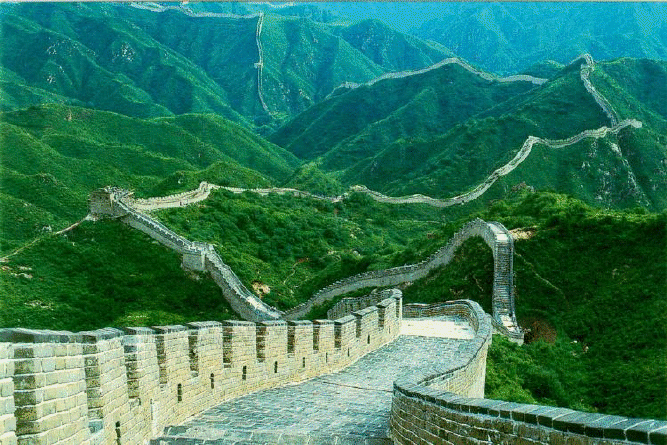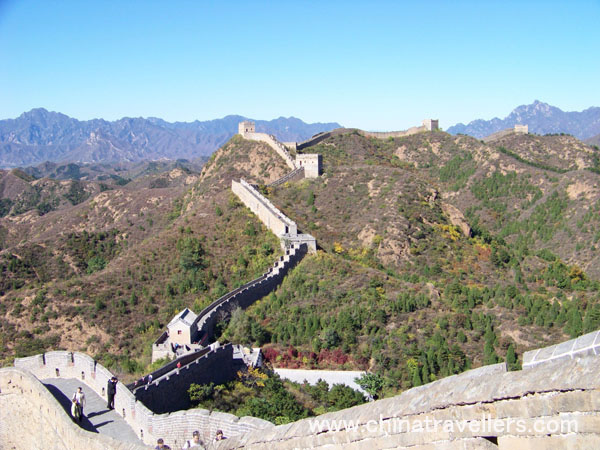Chinese Creation Story
By Sebastian Anderson
In the beginning there was darkness and and until egg formed Inside the egg a god Named Pan-gu slept as he slept in the egg Pan-gu sleep and grew when he grew he spread the arms he broke the egg into 2 sides. one side formed the heavens and the other side earth there two part became the earth and the sky pan-gu saw what happened he was pleased but he afraid that the heaven and the earth might meet. he placed himself between with his head on the heaven his feet on the earth he grew about ten feet per day for 18 thousand year so make room.till thousand the was enough. room between heaven and earth twent the the heavens and the earth and the his head on the heavens his feet on the earth he grew about ten feet per day 18 thousand years so make room till he thought there was enough room between heaven and He lade down and went to sleep. he never woke up his body went to the wind and voice became lighting His eye became the sun and the moon. His skin made the water. his body hair made the grass. from his head head made the story His leg and arms made the four directions.








